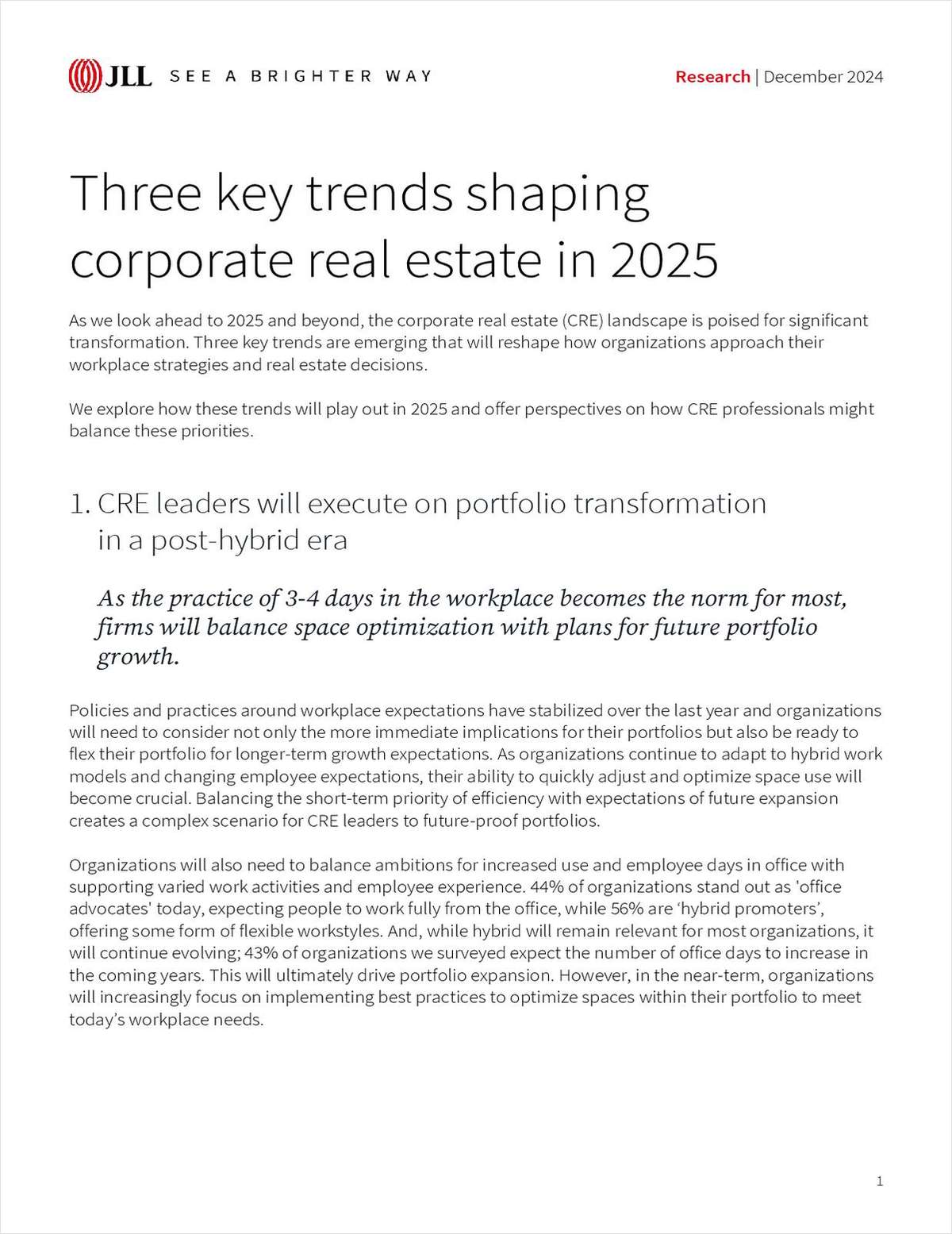According to officials at Grubb & Ellis Co. who arranged the $29 million loan to refinance 24 apartment communities owned and operated by Fifteen Group of Miami, a stable tenant base and less downside risk are attracting buyers to similar B and C buildings. The Fifteen Group portfolio includes 6,868 apartments located in major metro markets including Atlanta, Dallas, Houston, Miami, San Francisco, Sacramento, Tampa and Birmingham.
"What we are seeing is that in times of economic volatility, like we are experiencing now, B and C apartment properties may prove to be a more stable investment," says G&E senior vice president Herb Chase, brokered the deal along with fellow senior vice presidents Curtis Palmer and John Brown. The lender was Philadelphia-based investment fund CMS, which replaced the equity and mezzanine capital of Credit Suisse First Boston.
"B and C level apartments usually have more blue-collar-type residents who earn a modest but steady income," says Keith Misner, managing director of G&E's Multi-Housing Investment Group. "They tend to remain residents for longer periods of time, which keeps tenant turnover and vacancy rates down." Misner adds that renters at B and C properties "tend to remain residents for longer periods of time," and "may hold off planned home purchases and remain in cost effective apartments longer, thus helping to strengthen demand.
Chase adds that returns on investment for B and C apartments are currently between 12% and 16% due to high levels of liquidity and historically low interest rates.
"That's what we hear from clients," Misner agrees. "The perception in the marketplace is that the demand for B and C properties remains strong through economic uncertainty, therefore there shouldn't be any concessions or added vacancies," he tells GlobeSt.com.
Adding even more luster to B and C multifamily investments is a report by the National Multi-Housing Council, which says the rising demand for apartments will continue to grow steadily, as it has for the last few years. Furthermore, B and C properties are less likely to react to local and national economic volatility. While the devastation of San Francisco's tech industries resulted in higher vacancies and rent reductions in class A residential buildings, B and C buildings remained relatively stable.
Want to continue reading?
Become a Free ALM Digital Reader.
Once you are an ALM Digital Member, you’ll receive:
- Breaking commercial real estate news and analysis, on-site and via our newsletters and custom alerts
- Educational webcasts, white papers, and ebooks from industry thought leaders
- Critical coverage of the property casualty insurance and financial advisory markets on our other ALM sites, PropertyCasualty360 and ThinkAdvisor
Already have an account? Sign In Now
*May exclude premium content© 2025 ALM Global, LLC, All Rights Reserved. Request academic re-use from www.copyright.com. All other uses, submit a request to [email protected]. For more information visit Asset & Logo Licensing.








